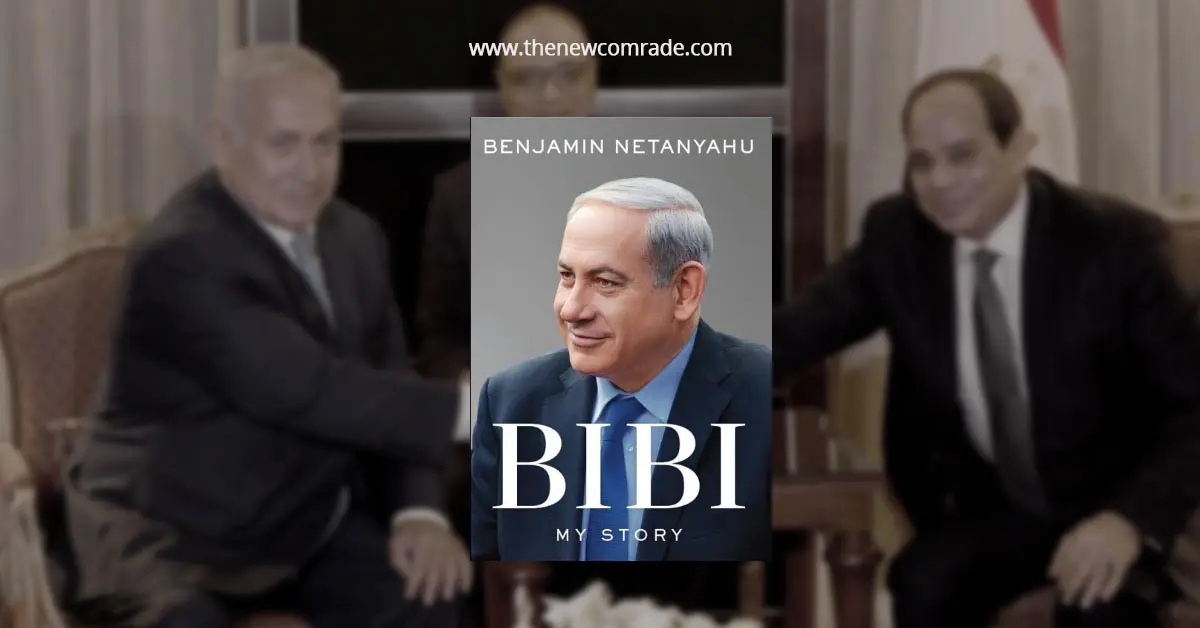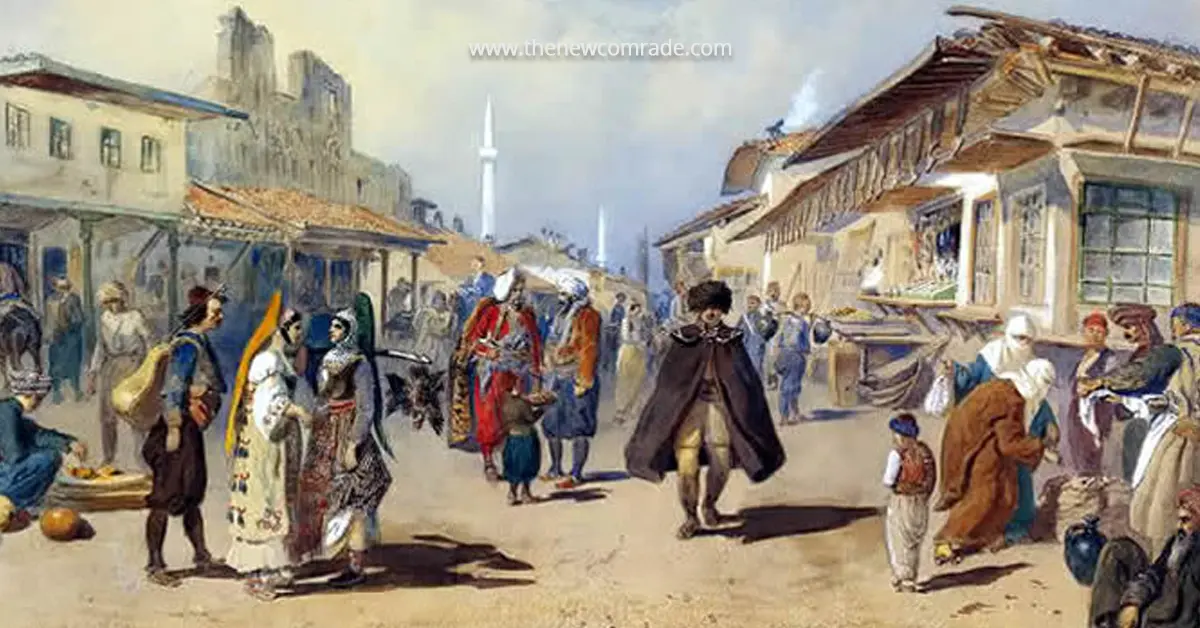After the 26/11 Lashkar-e-Toiba (LeT) assault on Mumbai in November 2008, there was a widespread call for institutionalising a much stronger security framework. The attacks had exposed a grave lack. Around 300 people, overwhelmingly civilians, were injured and over 170 killed including Israelis, Americans and nationals from 24 other countries.
Many books and writings emerged, as well. The distinctive merit of Rhys Machold’s Fabricating Homeland Security is how it situates the effort in India to strengthen its security apparatus within a wider Western dominated context to promote a new “state form and model of policing” for universal transnational dissemination.
The very term ‘homeland security’ only emerged after the 9/11 attacks, when the US established a federal department by that name. But it soon became a multi-billion-dollar industry where Israel achieved considerable global recognition as a top performer available for emulation by others including India. The book focuses on this India-Israel relationship in “fabricating homeland security” but rejects claims to its universal validity let alone claims for its much-hyped value for Mumbai, Maharashtra or India.
Three Senses
There is a reason why Machold has ‘fabricating’ in the title. The word doesn’t just mean constructing; it implies a certain falsity, which needs exposure. Fabricating, says Machold, means three things. It is the making of a particular state form along with its related personnel and material infrastructure. It requires making up a new ideological conception of governance and security rationalised in the name of protecting against ‘terror’ and ‘insurgency’ but having wider purposes and ambitions for its proponents whether of Israel or for those subscribing to the US-led empire project. Lastly, it means weaving together its various threads. But behind this effort to construct a singular or at least dominant ‘reality’ lie multiple subjectivities and interpretations of what the securitisation model is or should be, how it should be physically built, and how it should spread.
Israel’s messianic security stance – we are regionally strong and globally influential because of our military and policing model but we can help you to be similarly powerful – definitely appeals to Hindutva forces in India.
Spatially, Machold’s primary focus is on elaborating this fabricating project as it unfolds and pertains to Israel and Mumbai even as his subsequent judgements and observations about this multi-level process are of more general relevance. This is to be expected since his target of criticism is the West sponsored global pacification programme pursued in the name of modernisation.
Here his alignment with postcolonial thought frames leads him to identify and condemn Eurocentric or Western racialist biases in behavioural assumptions revealed in this endeavour. The time span covered is basically the period between the 26/11 Mumbai attack and up to 2014 before Modi’s reign though there are certain references before and after concerning Indian perceptions regarding terrorism, communal riots and disruptions to desired social order.
Impressed as he is by Actor-Network Theory (ANT) and approaches that controversially give due, even equal, weight to all parts (nature, technology, etc) and participants in a system of interactive relationships, he has in relation to the homeland security project interviewed a great many Israeli, Maharashtrian, and other Indian stakeholders of one kind or the other. These include government officials, police and security personnel, businesspeople, journalists and media persons, scholars, arms dealers and others. This is one of his great research strengths shaping the book.
Failings vs expertise
At the time of the November 2008 attacks and immediately after, besides regular political communication at higher levels, Israel sent intelligence officers, paramedics, a team of reservists, and a few volunteers. Advice, material support and criticism were offered. Despite some push-back by Indian actors against ‘excessive’ criticisms which led to partial retractions and reassurances on the Israeli side, Machold says, the presence of Israeli actors at this juncture helped craft a broad consensus that serious Indian failings required resort to Israel’s special expertise. A qualitatively new and closer nexus was now said to have occurred.
The key outcome of the Maharashtra delegation visit to Israel in July 2009 was the acceptance that Israel possessed a “killer instinct” and that a much harder ‘protective’ state along with a similar hardening of public attitudes in India needed to be developed—a trope also central to Hindutva.
Machold examines Israel’s claim to being “homeland security pioneers” and a “vanguard of global pacifications regimes.” This, he rightly says, is an ideological construct partly rooted in policing practices under the British mandate in Palestine (1920–1948) and reinforced by Zionism’s militia forces to coerce Palestinians and continuously deny their right to self-determination.
The carefully cultivated image of Israel as a successful modernising “frontier state,” securing itself amidst a “sea of enemies,” resonates in the West, particularly with the US. To appreciate or admire Israel’s homeland security model necessarily requires greatly ignoring its brutality to Palestinians. Israel’s messianic security stance – we are regionally strong and globally influential because of our military and policing model but we can help you to be similarly powerful – definitely appeals to Hindutva forces in India.
Limited partnership
In the wake of 26/11, the Maharashtra government tried to restore its public credibility by “getting tough” through “policing the security crisis”. It provided a spectacle of police modernisation through setting up a new commando force, Quick-Reaction-Teams (QRTs), and displays of new advanced weaponries.
Two key steps were first to set up a High Level Enquiry Committee (HLEC) to give policy recommendations, followed by a Maharashtra delegation visit to Israel in July 2009. But the HLEC was deliberately given no legal authority to summon witnesses about 26/11 and was restricted to interviewing Maharashtra government officials and state police but not those in the union government or members of the then active Intelligence Bureau (IB) or the secret service Research and Analysis Wing (RAW). No one was indicted and the official version that the chief of the Anti-Terror Squad, H. Karkare, and two colleagues were killed by the LeT was quickly accepted. This despite the murky circumstances surrounding the deaths suggesting that Hindutva activists seized this crisis situation as an opportunity to carry out retribution for Karkare’s 2006 investigation pinning responsibility on them in the 2006 Malegaon bomb blasts that killed mostly Muslims.
The key outcome of the 2009 visit was the acceptance that Israel possessed a “killer instinct” and that a much harder “protective” state along with a similar hardening of public attitudes in India needed to be developed – a trope also central to Hindutva.
Is the ongoing Hindutva project of creating an exclusivist Hindu nation and developing the necessary security framework for this not consciously seeking to learn how to effectively do this from the already fully established existence of a Zionist Jewish nation-state and its security arrangements?
Yet as Machold shows, the Maharashtra government merely modified pre-existing security infrastructure and police procedures. New technologies and practices were grafted on and combined with longstanding patterns of policing that remain foundational. The subordination of police power and flexibility to political and bureaucratic domination carried on, maintaining a key relationship carried over from colonial times. Domestic officialdom presented India as too different in size, population, and multifarious diversities to simply replicate Israel’s model of homeland security – all-encompassing for proper surveillance and territorial control nationally.
Hence, for Machold, no durable partnership on homeland security was developed. India too was exceptional but, in a way not understood by Israeli advocates of their model. However, stronger mutual ‘concern’ over the ‘Muslim terror’ threat was fostered and the need therefore in Mumbai and elsewhere to better control ‘unruly’ urban Muslim areas.
A possible reassessment
In June 2012 Machold attended a massive London conference – the Asian Homeland Security and Counter-Terrorism Summit – with over 8,500 participants and 250 vendors. The numerous interviews he carried out go into a chapter on the efforts to expand the Indian market for the software and hardware that constructing a homeland security framework requires.
Public and private sector Indian clientele of government and police officials, policy makers and shapers, corporates, media promoters, had to be ‘educated’ on how serious security threats were, necessitating the very large-scale and long-term investments and sales contracts that outsiders were offering. Also important was the reverse: ‘educating’ foreign purveyors of technology how best they could understand Indian realities and properly address its needs.
Here, there were perspectival differences/clashes between Indian government officials and Western actors and with some of their more willing Indian private sector collaborators that ensured that market expansion remained limited. After all, conceptions of security are always contextually inscribed. So, for Machold, the West-led project of global pacification has certainly not succeeded for India.
In a short coda, Machold points out that in the decade long reign of Prime Minister Narendra Modi, there has been a dramatic escalation of weapons exports, an indication of the emergence of a military-industry complex. He sees it as evidence of an ongoing advance in the fabrication of a specifically Indian homeland security framework.
Machold acknowledges that counter-insurgency measures and mass surveillance in the name of anti-terror and other socio-political threats have been significantly extended. But can this not be ascribed to the fact that the Israeli model has had much greater influence on Modi’s India as also a more imitative adoption of its all-encompassing notion of security than he allows for? Is the ongoing Hindutva project of creating an exclusivist Hindu nation and developing the necessary security framework for this not consciously seeking to learn how to effectively do this from the already fully established existence of a Zionist Jewish nation-state and its security arrangements? Nevertheless, Machold concludes that in contrast to an elsewhere that would include Israel and the US, “security does not enjoy the broad resonance in contemporary India. As of yet, it is not common sense.”
It would be good if Machold writes another book, using the same research method, to assess the direction and the extent to which India’s homeland security model in its conceptions and preparations is now following that of Israel, the US and much of the West.
The ‘yet’ expresses a measure of temporal uncertainty. In his final two-and-a-half-page epilogue, there is a sense of alarm at post-2014 developments. There is a qualitative acceleration of India-Israel security relations and collaborations not anticipated in the book’s basic thrust of how limited and partial the Israeli-Western modelling of India’s homeland security framework was.
In seeking to defend his earlier reservations, he points to earlier unfulfilled expectations of 26/11 being considered a “game-changer” in bilateral relations. Furthermore, while accepting that there has been a major leap forward in Indian purchases from Israel of weapons and surveillance equipment, but no such advance, he says, in serious and durable collaboration when it comes to establishing consultation mechanisms or in training.
Is this really all that is to be said? It would be good if Machold writes another book, using the same research method, to assess the direction and the extent to which India’s homeland security model in its conceptions and preparations is now following that of Israel, the US and much of the West.
(This book review is originally published in The India Forum)
Disclaimer: The opinions expressed in this article are solely the author’s and do not neccessarily reflect the opinions or beliefs of the website and its affiliates.








